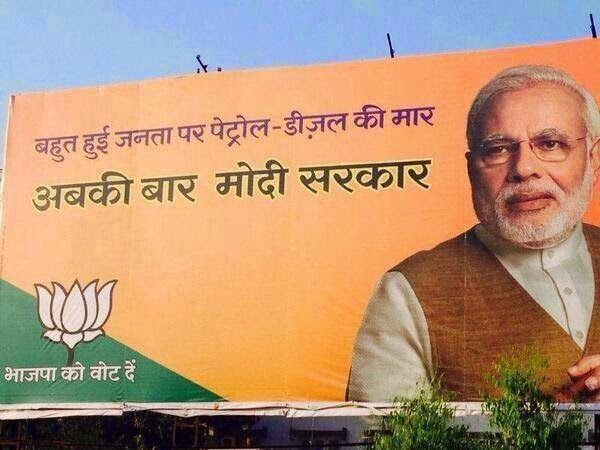Off late I've been trying to read a little about the macro-economical perspective and happenings of the various countries. Being a B-School grad but having failed to interpret the economical shift that's taking place across globe is the primary reason for me to dive deep into such subjects and make an effort to understand a little more about what's happening around the world.
 Just as I was busy reading about the reasons behind the depreciating value of Rouble - the Russian currency and the economic trouble that Russia is facing, I realized that two of the world's respectable economies i.e Russia and Japan are expected to register a negative GDP growth rate in 2014 as compared to 2013. Interestingly what caught my eye was the same report by IMF published in December 2014 which predicted the negative growth rate expected India's Real GDP to grow at about 5.6% to help India to enter the U.S $ 2 Trillion club soon, this brought a little cheer to me.
Just as I was busy reading about the reasons behind the depreciating value of Rouble - the Russian currency and the economic trouble that Russia is facing, I realized that two of the world's respectable economies i.e Russia and Japan are expected to register a negative GDP growth rate in 2014 as compared to 2013. Interestingly what caught my eye was the same report by IMF published in December 2014 which predicted the negative growth rate expected India's Real GDP to grow at about 5.6% to help India to enter the U.S $ 2 Trillion club soon, this brought a little cheer to me.
Having secretly celebrated the fact about India's expected growth rate, I continued reading a little more about India being a U.S $ 2 Trillion economy by FY 2014. Just as I progressed with my reading I encountered a lot of questionable facts and stats that brought my celebration to halt. The first and foremost reason being the sorry state of Human Development Index in India. India continues to stand at 135th position out of 187 countries that were surveyed by United Nations and shows little or no sign of growth in that perspective. The world average of HDI is about 0.700, however India as a nation manages to score 0.583(even our neighboring island country Sri Lanka ranked better than us), I don't wish to comment further on this parameter as a yardstick to measure India's glory.
Government of India strongly needs to revise the APMC (Agricultural Produce Market Committee) Act which remains inefficient in resolving various issues in the Agri-Sector. Since past few months GoI has tried really hard to bring down the minimum support price to the farmers as a measure to keep the inflation low, however this has had an adverse effect on the demand in rural India which comprises of around 60% of India's population. A concentrated effort to revive the inadequate storage and transport facilities and corrective measures to bypass the presence of middlemen may help to improve upon the present situation.
Having talked on various issues and challenges that stand tall ahead of a U.S $ 2 trillion economy one of the bigger concerns for India is, the faster growing young population. For any nation a young population is just like a double edged sword, if you fail to turn them into an asset by giving them adequate employment opportunities you are just adding on to your liabilities. India accounts for over 15% of global work force, however over 276 million of India's work force continue to earn less than U.S $ 2 per day (as per the India Labour and Employment Report 2014).
All these and many more reasons, theories, factors and results interest me to learn and unlearn about India as an emerging economy. My blogpost doesn't aim to demean India's growth story but to highlight a few observations and information that I happened to read in past few days or so.
References:
Harvard Business Review: https://hbr.org/2014/05/a-crossroads-for-india-and-its-business-landscape/
International Monetary Fund: http://www.imf.org/external/pubs/ft/weo/2014/02/
United Nations Human Development Report 2014: http://hdr.undp.org/en/content/table-1-human-development-index-and-its-components
Knoema Data Atlas: http://knoema.com/nwnfkne/world-gdp-ranking-2014-data-and-charts
Institute of Human Development : http://www.ihdindia.org/ILER.html
and a few more
Open for any feedback / recommendations / suggestions.

.jpg)









